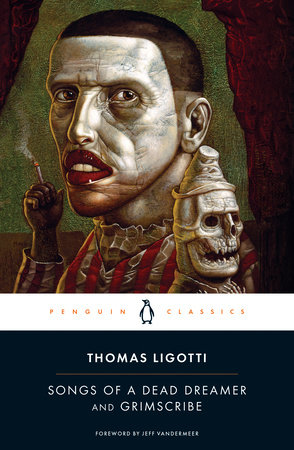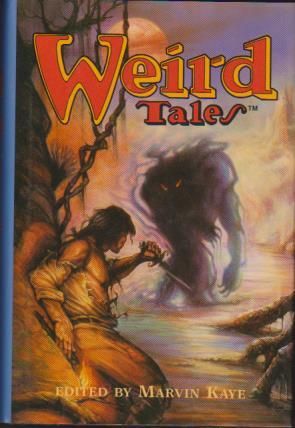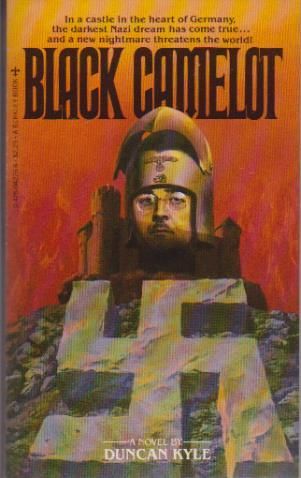Hi, J. D.
I've already fallen behind the schedule I'd hoped to keep. Not really surprising; I knew it was aggressive.
I'll be supplying longish commentary on other works (
Countdown to Halloween). Mostly with the short stories I'll be offering an anthology of links, inviting others to read and comment and relying (probably far too much) on my memory to keep up a conversation if anyone responds to it. Anyone here is certainly welcome to join in.
Anyway, I reread "Caterpillars" by E. F. Benson. What a great, creepy story. I recall the first time I read it I came to understand what was meant by "spine-tingling." It is probably the most unique haunting I've encountered in fiction from before WWII, although ...
The haunting in "How Love Came to Professor Guildea" by Robert Hichens comes close. This story feels more substantial and no less creepy, exploring an invasive affection. I think I'd call it a slow-burn story, taking its time to set up the situation and drive home the pay-off. Hichens does a nice job of setting the reader in the scene with his description of Guildea's home and of making the exchanges between him and Murchison believable. As with the first time I read it, I had a sense of Hichens pulling together a character along the lines of Sherlock Holmes with a character along the lines of Father Brown and introducing them to something one could contend with and one could not. Really, intellectual bachelors from around the Edwardian era had the most interesting adventures.
I just started "Silent Snow, Secret Snow" by Conrad Aiken. It's been a favorite since I first read it 40+ years ago, exploring a theme Poe might have found intriguing but with an added compassion. When drawn into discussions of how something could be a ghost/horror story if it's not frightening, it's one example I point to; some of the best ghost/horror stories find a broader emotional spectrum in the material of our fears.
Randy M.










